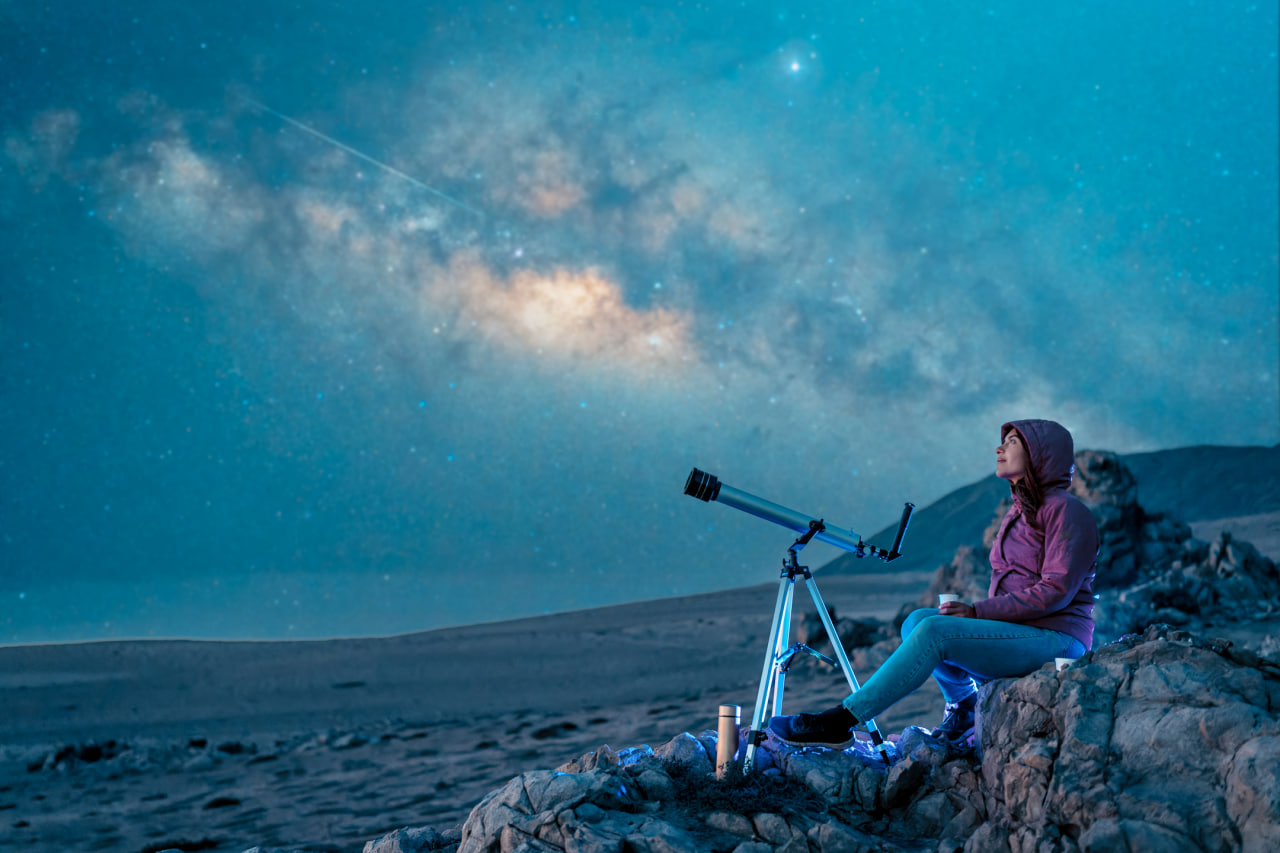Cosmic Phenomena: Black Holes, Supernovae, and the Edge of Space
The universe is a theater of extreme events and extraordinary structures. From the collapse of massive stars into black holes to the cataclysmic explosions of supernovae, cosmic phenomena challenge our understanding of physics and the nature of reality itself. Beyond the familiar planets and stars lies a realm of intense gravitational forces, high-energy radiation, and mysterious boundaries, inviting astronomers to explore the edge of space and uncover the mechanics behind some of the universe’s most awe-inspiring events.
Black Holes: Gravity’s Ultimate Masterpiece
Black holes are regions of space where gravity is so intense that nothing, not even light, can escape. Formed from the remnants of massive stars, they bend space-time, creating singularities at their core. Despite their invisibility, black holes can be detected through their effects on nearby matter and radiation.
Material spiraling into a black hole forms an accretion disk, heating up and emitting X-rays that astronomers can observe. Supermassive black holes, residing at the centers of galaxies, influence star formation, galactic structure, and even the dynamics of entire clusters. Recent imaging of a black hole’s event horizon has provided direct evidence of their existence, confirming predictions of Einstein’s general relativity.
Studying black holes allows scientists to probe extreme physics, including the behavior of matter under immense gravitational forces and the potential connections between quantum mechanics and relativity. They serve as natural laboratories for understanding phenomena that cannot be replicated on Earth.
Supernovae: Explosive Origins of Elements
Supernovae are powerful explosions marking the death of massive stars. These events release enormous amounts of energy, briefly outshining entire galaxies. Supernovae distribute heavy elements such as iron, gold, and uranium into space, seeding the cosmos and enabling the formation of new stars, planets, and ultimately life.
There are multiple types of supernovae. Type II supernovae occur when a massive star exhausts its nuclear fuel, leading to a gravitational collapse. Type Ia supernovae, often used as standard candles in astronomy, arise from the thermonuclear explosion of white dwarf stars. Observing supernovae allows astronomers to measure cosmic distances, track the expansion of the universe, and study stellar evolution.
Supernova remnants, the glowing clouds of gas and dust left behind, also provide insight into shock waves, magnetic fields, and the interaction between stellar material and interstellar space. These remnants become nurseries for new stars, continuing the cycle of cosmic birth and death.
Pulsars and Neutron Stars
When massive stars collapse, they may form neutron stars—dense objects composed almost entirely of neutrons. Pulsars, rapidly spinning neutron stars, emit beams of electromagnetic radiation detectable as regular pulses. Studying pulsars helps scientists measure gravitational effects, test theories of relativity, and understand the behavior of matter at nuclear densities.
Neutron stars are among the densest objects in the universe. Their extreme conditions allow researchers to study matter in ways impossible on Earth, providing clues about nuclear physics and the limits of material stability. Observations of neutron star collisions have revealed the origin of heavy elements and emitted gravitational waves, opening new windows into multi-messenger astronomy.
Cosmic Rays and High-Energy Phenomena
Cosmic rays—high-energy particles traveling through space—provide another dimension of cosmic phenomena. They originate from supernovae, active galactic nuclei, and other energetic sources. When cosmic rays collide with Earth’s atmosphere, they generate secondary particles that can be detected, offering information about distant astrophysical processes.
High-energy radiation from gamma-ray bursts and quasars also illuminates the most energetic and extreme events in the universe. These phenomena push the boundaries of physics, challenging scientists to refine models of particle acceleration, magnetic fields, and energy transfer in space.
The Edge of Space: Exploring the Outer Limits
The edge of the observable universe lies billions of light-years away, representing the limits of what can be seen due to the finite speed of light and the universe’s age. Beyond this boundary, conditions remain largely unknown, and theoretical models predict regions of cosmic inflation, dark matter, and dark energy that govern the universe’s structure.
Exploring the edge of space involves observing distant galaxies, cosmic microwave background radiation, and redshift patterns. These measurements reveal the expansion of the universe, its large-scale structure, and the distribution of matter and energy across cosmic time. Each observation brings astronomers closer to understanding the universe’s origin, evolution, and ultimate fate.
Gravitational Waves and Multi-Messenger Astronomy
Recent discoveries of gravitational waves—ripples in space-time caused by colliding black holes or neutron stars—have revolutionized astronomy. These signals allow scientists to “listen” to cosmic events, complementing traditional electromagnetic observations. Multi-messenger astronomy, combining light, gravitational waves, and particle detection, provides a more complete understanding of extreme phenomena.
Gravitational waves confirm key predictions of relativity and enable direct observation of events invisible through conventional telescopes. They open new avenues for studying black hole mergers, neutron star collisions, and other high-energy processes, offering insights into the most violent occurrences in the cosmos.
The Role of Observation and Technology
The study of cosmic phenomena relies on sophisticated observation tools. Ground-based observatories, space telescopes, and high-energy detectors capture light, X-rays, gamma rays, and cosmic rays from extreme events. Adaptive optics, interferometry, and spectroscopic analysis allow astronomers to extract detailed information from faint and distant sources.
Advancements in computing, data analysis, and simulation enable researchers to model these phenomena, predict outcomes, and compare observations with theoretical predictions. Technology bridges the gap between human perception and the vast, complex realities of the universe, making the invisible observable and the incomprehensible measurable.
Inspiring Curiosity and Discovery
Cosmic phenomena captivate the imagination because they are both extreme and mysterious. Black holes, supernovae, and the outermost regions of space challenge our understanding of physics, time, and the nature of reality itself. Observing and studying these events encourages curiosity, critical thinking, and a sense of wonder that drives scientific discovery.
Through careful observation, advanced technology, and human ingenuity, astronomers continue to uncover the universe’s secrets, pushing the boundaries of knowledge and expanding our understanding of the cosmos. Each new discovery illuminates the complexity, power, and beauty of the universe, inspiring generations to explore, question, and marvel at the vastness beyond our planet.

